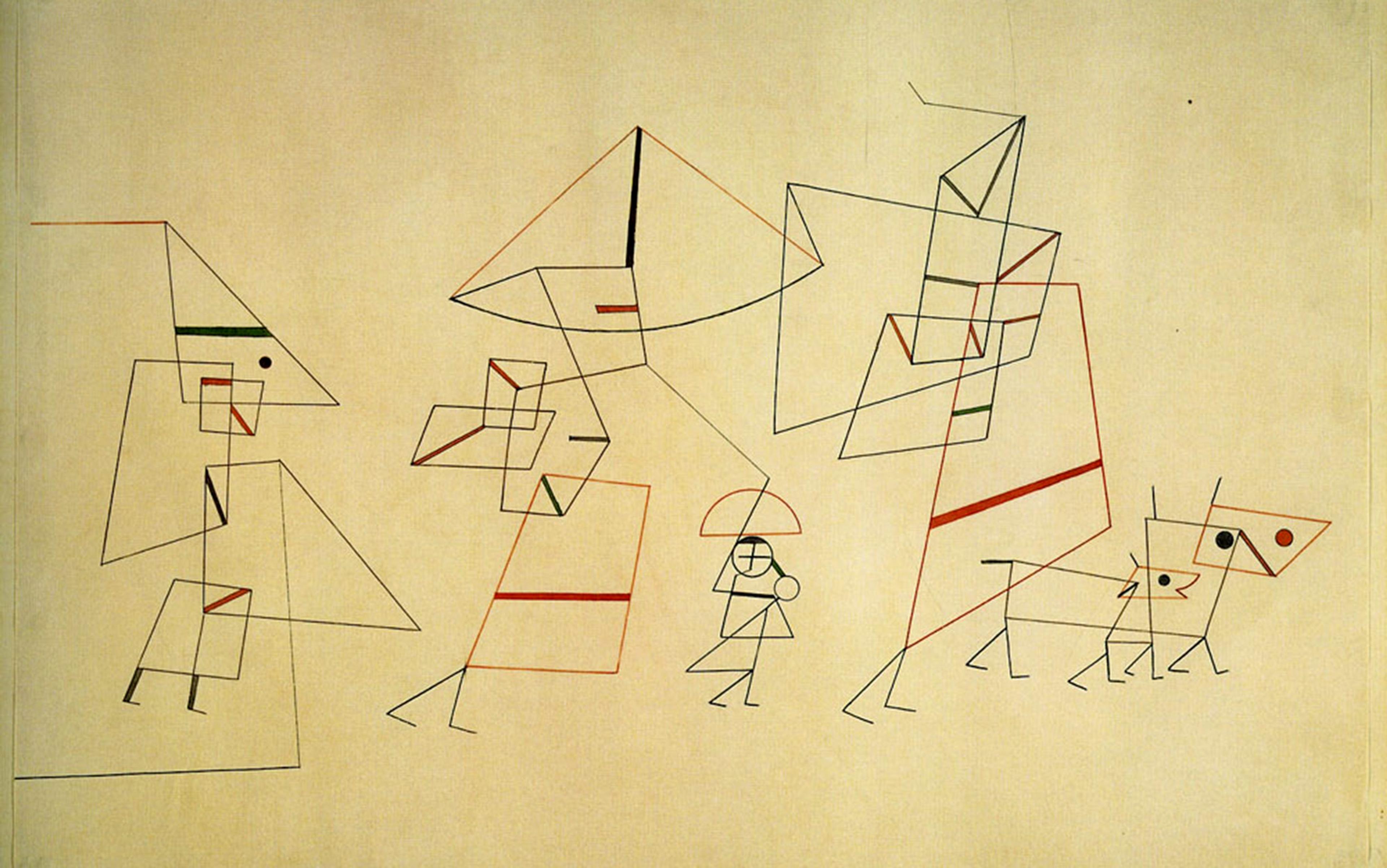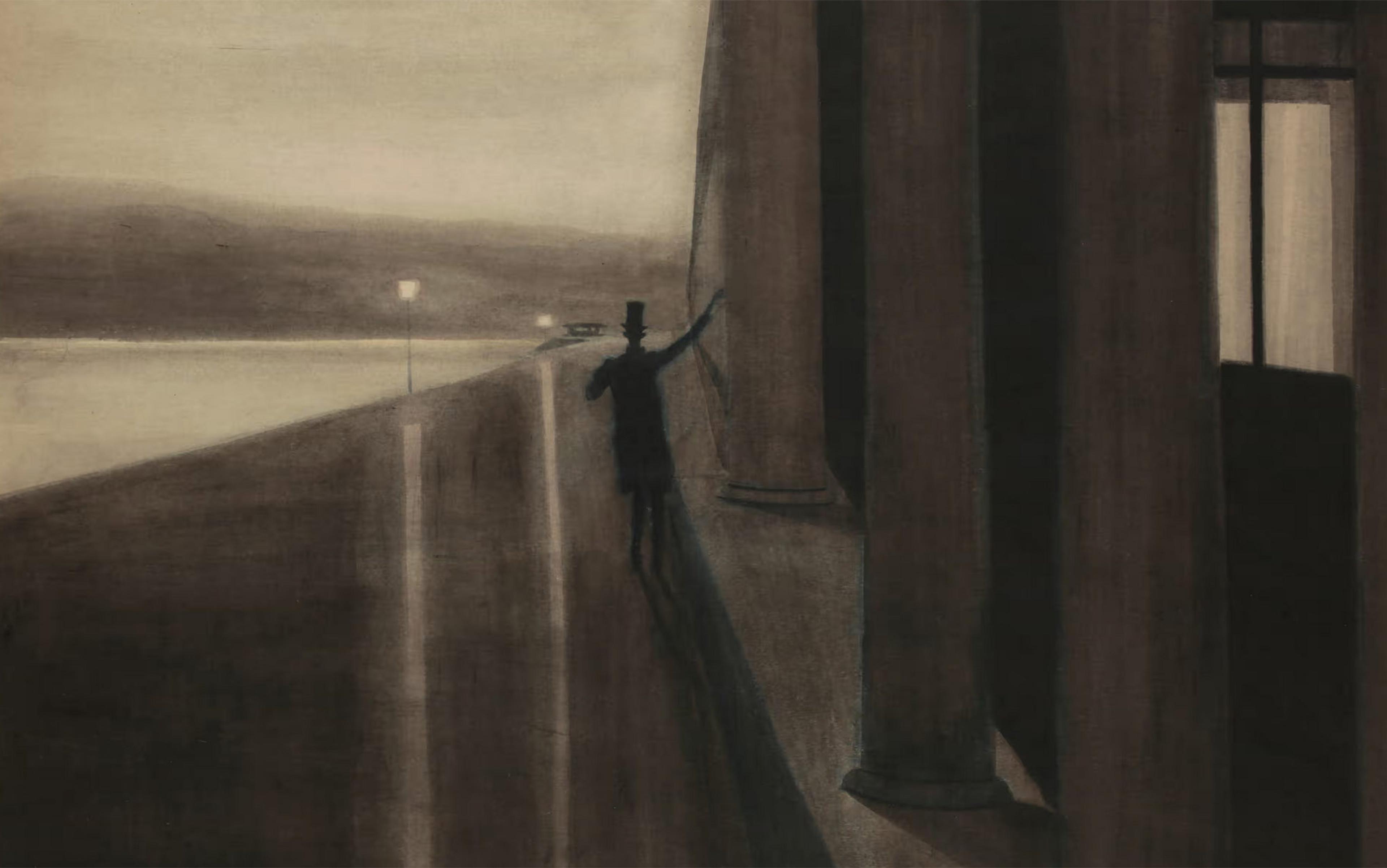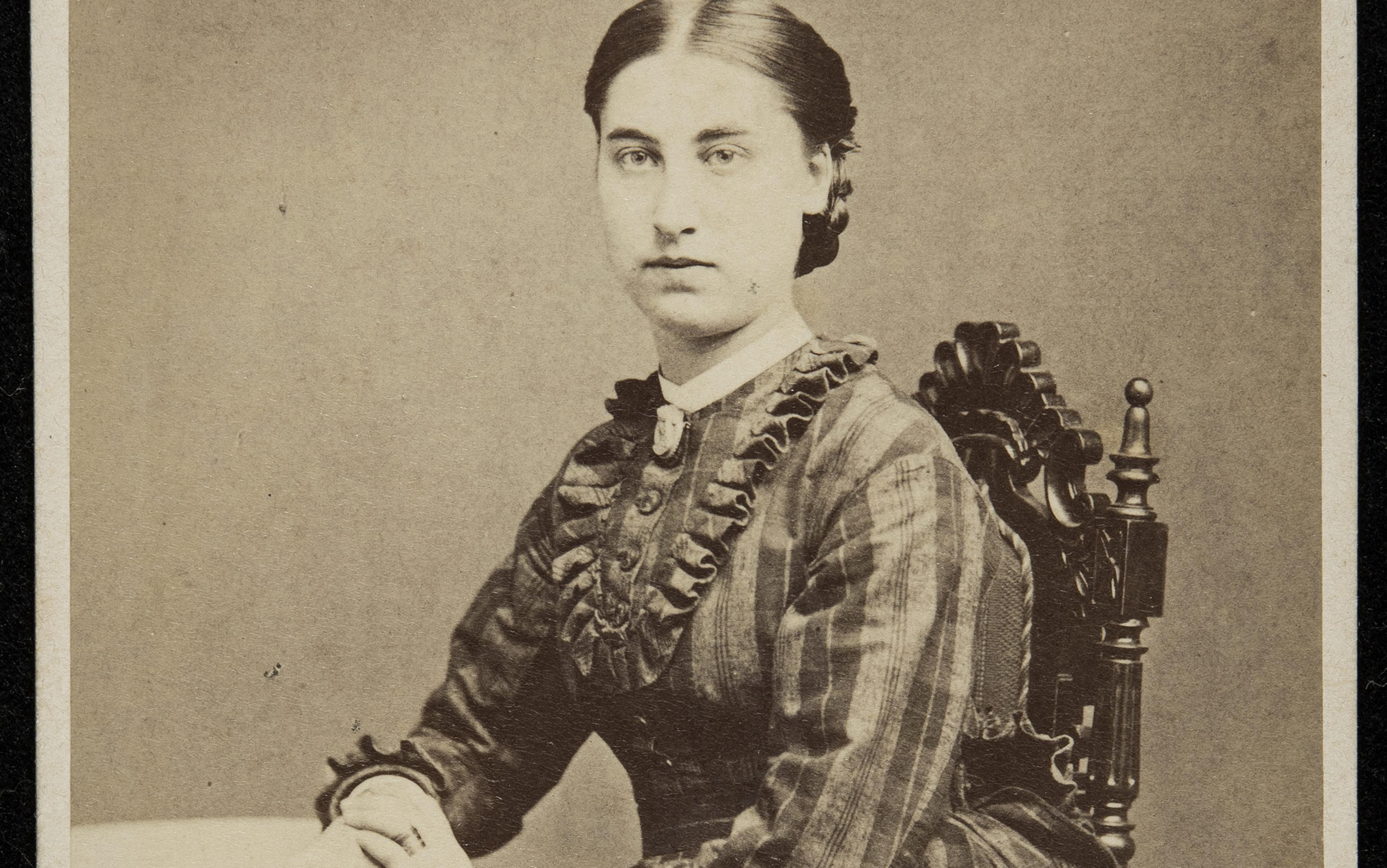The most beautiful way to drive between Los Angeles and the Bay Area is generally reckoned to be along Highway 1: the Pacific Coast Highway, the first State Scenic Highway (so declared in 1964), which clings to the coastline all the way up to an intricately winding section above the glorious and terrifying cliffs of Big Sur. Henry Miller lived up there for years; his book Big Sur and the Oranges of Hieronymus Bosch (1957) was an homage to the peace and contentment he seemed surprised to have found. ‘It may indeed be the highest wisdom,’ he wrote, ‘to elect to be a nobody in a relative paradise such as this rather than a celebrity in a world which has lost all sense of values.’ Striking words coming from a megalomaniac like Miller, though the Crazy Cock certainly succumbed to the lure of the values-free world often enough after writing this pleasant little book. In any case, that route takes around nine hours, quite a lot of which is indeed like driving through a series of ever-more-improbably ravishing postcards — that is, if you’re not too chicken to tear your eyes away from the road.
The second way, still partly along the coast, is far less magnificent, less scary, somewhat less beautiful, and quicker: the 101 through Santa Barbara, Paso Robles and San Jose. You’ll cut an hour or two off your drive that way, unless we take into account the siren song of what many consider to be the best Mexican restaurant in California — La Super-Rica Taqueria on North Milpas Street in Santa Barbara, a temptation to which I recommend you yield.
The most efficient drive, however, is bang up the middle of the state through the Central Valley — up a steep grade through the Tejon Pass, precipitously down the stretch known as ‘The Grapevine’ north of LA, and then across hundreds of miles of mostly flat agricultural land. A six-hour drive. More like five if you’re rash enough to lead-foot it, but that’s very risky, since the fuzz can be tough to see coming. Most perilous are the Commercial Vehicle Enforcement section of the California Highway Patrol: these predators cruise around in all-white ‘snowballs’ rather than the more conspicuous black-and-white squad cars, and though they’re charged mostly with busting errant truckers, any of those guys will nail you and revoke your licence as soon as look at you.
Most of my circle are all too susceptible to hot yoga, the ‘shredding’ diet, the paleo diet, probiotics, Pilates, flax oil and all the other local fads
This is the way I always go. Not only because it’s fastest, but because, despite the conventional wisdom, I find it the most beautiful of all. California natives always call it just ‘The Five’: not Highway Five or Interstate Five or I-5. The whole road is some 1,380 miles long, and is the only US interstate touching the borders of both Mexico and Canada. If, like me, you prefer to drive rather than to fly between Los Angeles and the Bay Area, the 400 or so miles along this route are the most distinctively Californian, the most revealing of the strange diversity of this landscape and its people, its terrible moral conflicts, and the weird vitality of its countless subcultures. The Five is unendingly rich and full of interest, despite all caricatures to the contrary; despite, or rather because of its glowing, gorgeous emptiness.
The maelstrom of urban life being what it is, when I’m at home in LA I tend to go about my business in a wild-eyed, constant panic, my hair pretty much standing on end. So I had a go at meditation a few months ago, one of those vaguely ‘spiritual’ things that people often try around here. I would like to be able to snort with derision at the cliché of ‘La-La land’, but how can I? Most of my circle — sober, professional adults d’un certain age though we might be — are all too susceptible to hot yoga, the ‘shredding’ diet, the paleo diet, probiotics, Pilates, flax oil and all the other local fads.
The basic instructions for beginning meditation are to sit quietly and concentrate on nothing but your breathing for five minutes. Simple enough, right? I can’t do it for ten seconds. I can turn down the lights, burn all the incense and play all the soothing music I want but, after the briefest pause, my brain will recommence to whirr, instantly, uncontrollably.
Until I get on that blissfully empty stretch of open road, that is. Then the car becomes a meditation chamber. It all happens by itself. Breathing slows, the benevolent sky swells out, almost always a blue so pure, clean and enamelled that even worries of climatic catastrophe recede for a moment. Maybe there are some clouds, artfully arranged. Choose your moment to leave town — I like to leave at around 5am, just before rush hour — and there won’t even be any traffic to speak of. Just the white noise of the purring engine to amplify the calm, blissful silence, which will at last find its way into even the most stubbornly busy mind.
Dropping into the Central Valley from the mountains surrounding the Tejon Pass is like breaking open a petit four, getting past the glossy, pretty exterior: inside is the cake. The urban surfaces of California are what we see in movies and on TV: slick, manufactured, shouting, cajoling, bamboozling, seducing, ready to sell you something. And then the confected beauty of the city gives way; now the land reaches far out to the sky. Your ears pop from the pressure change, and a sign advises you that the next gas station is 19 miles off.
Things you won’t see along the Five: shopping malls, schools, multiplexes, groovy restaurants, cafés or bars; movie posters, LED billboards, skyscrapers, banks, strolling couples, tourists taking photographs, movie crews, or really anything whatsoever to do with Hollywood; skateboarders, palm trees, the sea.
Things you will see: endless fields, neatly ploughed, or burgeoning into a tender green; almond orchards, immense truck stops, gas stations with fast-food restaurants clustered alongside; the odd Starbucks; a constant stream of container trucks; runaway truck ramps; loads of tattered signs complaining about the (not at all evident) ‘Congress Created Dust Bowl’, many of them blaming the congresswoman Nancy Pelosi, the Democratic House Minority Leader (a clue as to their political origins — Pelosi is second in odiousness only to the Antichrist Barack Obama in the wild eyes of the far right). And then the largest cattle ranch on the West Coast.
Harris Ranch operates an immense feedlot just east of the city of Coalinga. It announces itself first by the unbelievably pungent smell of manure, cow pee, methane and feed, or whatever hellacious brew it is that scorches your nostrils and lungs miles before its source rolls into view: thousands upon thousands of cows — anywhere between 60,000 and 120,000 of them — milling about in close quarters with not a blade of grass in sight. A mammalian ocean, a city of doomed beasts looking for all the world as if they’re headed for the slaughterhouse, which they are. Here is the inconvenient truth, the source of those tidy, plastic-wrapped packages of marbled red meat at Costco and, perhaps, in your refrigerator. Even the most dedicated carnivore, such as my husband, is likely to be taken aback at the sight and smell of the Harris Ranch feedlot, which produces in excess of 150 million lbs (68 million kg) of beef per year.
And yet a very little research reveals that Harris Ranch, large as it is, is exactly the kind of family farm that many are in favour of protecting. No less an authority than Temple Grandin, the noted animal scientist, spoke in favour of Harris Ranch at the California State University in Chico last year. The reporter Larry Miller quoted Grandin in the local paper: ‘Harris Ranch “does a great job” with its animals, [Grandin] said. “Harris needs to give more tours and explain its practices to the public.”’
In fact, the cattle at Harris spend 80 per cent of their lives grazing on grass. They are brought to the feedlot only to be fattened on what they describe as ‘a balanced ration of quality feed grains, hay, vitamins and minerals’ in their final months. Butchering is done in-house and the meat is tested for antibiotic and bacterial residues throughout processing. The operation’s management appears mindful of sustainable, humane and hygienic practices. If we are to eat beef, Harris seems to be producing it responsibly.
That doesn’t stop many Californians from shuddering at the sight of it. One commonly hears it referred to as ‘Cowschwitz’. From the road, the sight of a limitless horde of cows standing in the mud really does suggest a concentration camp. The fact being, of course, that we mean to eat those cows.
In January of last year, animal-rights activists incinerated 14 cattle trucks at Harris in protest against factory farming. Hackles went up on all sides. The activists sent a message claiming responsibility [sic throughout]:
we’re not delusional enough to believe that this action will shut down the harris feeding company, let alone have any effect on factory farming as a whole. but we maintain that this type of action still has worth, if not solely for the participant’s peace of mind, then to show that despite guards, a constant worker presence, and razorwire fence, the enemy is still vulnerable.
In a characteristic and illuminating discussion of the incident on the Democratic Underground message boards, one poster wrote: ‘I see absolutely no purpose in setting a fire to make a political statement. It will not change the corporate structure of our food supply. much like OWS [Occupy Wall Street] will not change the structure of our financial institution owned government.’ Another commented: ‘I eat beef, I raised beef, I sale beef. It creates jobs, food, income, and a way of life that’s been a part of this world for centuries. Back then, if you were a veggie, you probably wouldn’t make it. It’s called, “living off the land.”’
It’s easy to ignore such conflicts in the cocoon of abstractions that is city life, but as your meditation machine speeds through Coalinga at the Highway Patrol-safe speed of 79mph, they are brought pungently into focus. Is it the smell of death, the smell of excrement, or ‘an honest, American smell’ as one wayfarer put it? Yes, yes and yes. Ernest Becker, author of The Denial of Death (1973), would have been fascinated by it.
Those drivers along the Five who recoil in horror from any aspect of the Harris Ranch story might stop for lunch, if they like, at the popular and beloved In-N-Out burger chain, which is always mobbed, whether in town or on the highway. The high quality and freshness of In-N-Out’s ingredients is a big selling point for them, and they do indeed turn out a fine burger. All the meat for In-N-Out is supplied by Harris. Such ruminations (sorry, cows!) are not available on your postcard tour of a city such as the manicured Carmel-by-the-sea on Highway 1.
Anyone who’s seen Chinatown (1974) knows a little about California’s water politics; there is an eternal tug-of-war between agriculture and business, environmental concerns and the requirements of ever-growing, thirsty desert cities such as Los Angeles. Here is another area where Angelenos such as me often fail to grasp the complex compromises to which we owe our own prosperity and comfort.
The Central Valley is one of the richest agricultural regions in the world. In a mind-blowing piece for The New York Times in October last year, Mark Bittman wrote that the Central Valley is the Earth’s largest patch of Class 1 soil, and it’s the nation’s breadbasket — supplying, for example, 85 per cent of the carrots that Americans eat every year. This rich and fertile land has been exploited ruthlessly for decades. Lakes and rivers have disappeared, diverted to aqueducts to serve the needs of agriculture. Sustainability has consistently taken a back seat to profits. As Mark Arax, a Fresno writer, explained to Bittman: ‘This land and its water have gone mostly to the proposition of making a few men very wealthy and consigning generations of others, especially farmworkers, to lives in the dust.’
The familiar signs along the Five, such as ‘Stop the Congress Created Dust Bowl’, ‘No Water: No Jobs’, ‘Stop Pelosi Costa Boxer’ are arranged in rows, like the old roadside Burma-Shave signs. Again, there’s more to the story than meets the eye.
Air 1 describes itself as ‘The Positive Alternative’, and though the DJs and songs are in general relentlessly cheerful, it’s a total downer in other, subtle ways
In fact, the richness and fertility of the Central Valley are the direct result of massive government irrigation projects. Without government intervention, central California would be what nature intended: a desert. This is apparently lost on the many, many soi-disant ‘small government’ Central Valley Republicans demanding that the government bail them out. Or, rather, it is washed away with huge amounts of water diverted from the Sacramento-San Joaquin River Delta. Agriculture uses more than 80 per cent of California’s water, and there has never really been enough to go around. Political tensions invariably rise in proportion to the slightest drop in rainfall, and climate change promises sharper fluctuations in years to come.
The 2010 midterm elections saw the Republican hopefuls Carly Fiorina (former CEO of Hewlett Packard) and Meg Whitman (former CEO of eBay) campaigning on water issues in the Central Valley. Nevertheless, Whitman, the gubernatorial nominee, got a drubbing at the hands of the former Democratic governor Jerry Brown. (The rains were very good in 2010, after a long drought.)
Now Governor Brown is attempting to resuscitate a project he failed to pass in his first term as governor a few decades ago. The $23 billion successor to the doomed Peripheral Canal project would divert gigantic amounts of water from the Sacramento Delta to the Central Valley. Northern California residents came out in droves to block the project in 1982, and there is every chance they will do so again. However, in November last year, the San Joaquin County Board of Supervisors approved a list of water projects compiled over six years by a consortium of representatives from 12 counties, north and south. This document made no mention of the retooled Peripheral Canal. The approved projects include water-quality barriers, the improvement of existing levees, fish screens at export pumps, and so on. Even a casual traveller through California, breezing through its many interdependent ecosystems, landscapes and constituencies, can appreciate this attempt to devise complex solutions for complex problems.
The radio on the Five, too, is complicatedly compelling. When I’m driving around at home, I mainly stick with KCRW, the best public radio station I know. But on the road, I have the time and inclination to explore, and it’s a teeming world out there. I’ve heard a Spanish-language DJ playing the Kinks and discussing the music of the spheres, as well as sermons, opera, a surprisingly frank Christian panel show on the topic of marital contentment, and my favourite discovery, the lively and weirdly fascinating Christian rock station, Air 1.
Air 1 describes itself as ‘The Positive Alternative’, and though the DJs and songs are in general relentlessly cheerful, it’s a total downer in other, subtle ways. Many — I venture to say most — of the songs they play are about being lost, depressed, alone, until ‘You’ arrive: ‘You’ being cleverly written to serve as well for a lover as for the Son of Man, as in the boppy, poppy ‘I’m Alive’ by Peter Furler: ‘When I was lost in a maze of doubt/You called my name and woke me up/You called my name and led me out. ’
The future seemed to belong, as perhaps it should, to entirely new places, new people, new ways of looking at things
I first heard the Mexican-American brother and sister duo Jesse & Joy on Univision’s El Hit Parade de América, which features music from the whole Hispanophone world. It’s a sophisticated, eclectic playlist, and best of all, I have heard almost none of these songs before. Now I sometimes listen to the station at home. ‘¿Con Quién Se Queda El Perro?’ is an elegant rock song with clever, delicate lyrics on the subject of a breakup that somehow, regrettably, just has to be. (The song’s title means ‘Who gets the dog?’ or more literally ‘With whom will the dog stay?’) When I first listened, I thought I detected in Joy’s gorgeous voice a very slight, bewitching American accent (the duo’s mother is American). Their altogether fresh sound seemed to embody for me the emergence of a newly dynamic, cosmopolitan world, including a California nobody expects, just coming into being; synthesising its disparate parts into a powerful new whole.
It seemed fitting to consider these things, not in LA where I live, but somewhere on the Five near Fresno. The future seemed to belong, as perhaps it should, to entirely new places, new people, new ways of looking at things.
And then I drive, and drive, and meditate. Stop just once more for gas.
Finally, I leave the Five, turn onto the 580 West and toward the sea, toward Livermore and Dublin, and eventually Oakland and San Francisco. Hoping that the effects of meditation will persist, even when I return to the world of multiplexes, shopping malls, wall-to-wall culture, traffic, and slip back into our ordinary world, our familiar world of panicked obliviousness.






